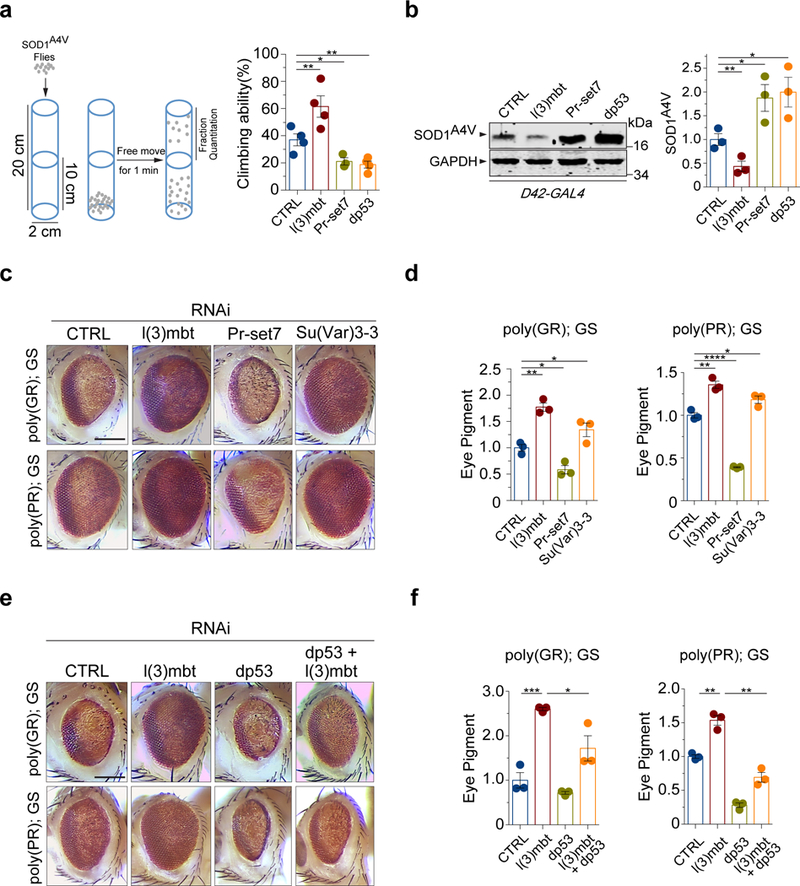Figure 4. Effects of protein quality control factors in Drosophila.

(a) Scheme of the climbing (negative geotaxis) assay in adult Drosophila expressing human SOD1A4V in motor neurons (left). Quantification of the climbing ability of Drosophila expressing human SOD1A4V in motor neurons together with gene-specific or control RNAi is shown (right; n=4 independent groups; ** P(l3mbt)=0.007, * P(Pr-set7)=0.025, ** P(dp53)=0.002). (b) Protein levels of mutant SOD1A4V in adult Drosophila motor neurons, upon treatment with gene specific or control RNAi (n=3 independent groups; ** P(l3mbt)=0.002, * P(Pr-set7)=0.036, * P(dp53)=0.036). (c) The reduction of l(3)mbt by RNAi strongly suppressed the eye degeneration phenotypes in both poly-GR or poly-PR strains when compared with the control Luc RNAi strain. Scale Bar: 100 μm. (d) Quantification of pigment content in adult eyes confirms the protection against degeneration by loss of l(3)mbt in both poly-GR or poly-PR strains. The measurements represent three independent groups with each containing fly heads from four males and four females (n=3; ** P(l3mbt)=0.0016, * P(Su(Var)3–3)=0.046, * P(Pr-set7)=0.015 with poly-GR. ** P(l3mbt)=0.0025, * P(Su(Var)3–3)=0.027, **** P(Pr-set7)<0.0001 with poly-PR). (e) The degenerative rough-eye phenotype of adult flies is alleviated by the reduction of protein demethylase Su(Var)3–3, but aggravated by the reduction of Drosophila homolog of SETD8, Pr-set7, or dp53. Scale Bar: 100 μm. (f) Quantification of the pigment content from degenerating eyes confirms the observation of the rough-eye phenotypes in the suppressor and enhancer strains. The measurements represent three independent groups with each containing fly heads from four males and four females (n=3; *** P(l3mbt)=0.0008, * P(l3mbt+dp53)=0.036 with poly-GR. ** P(l3mbt)=0.002, ** P(l3mbt+dp53)=0.0011 with poly-PR). Error bars represent ± SEM.
